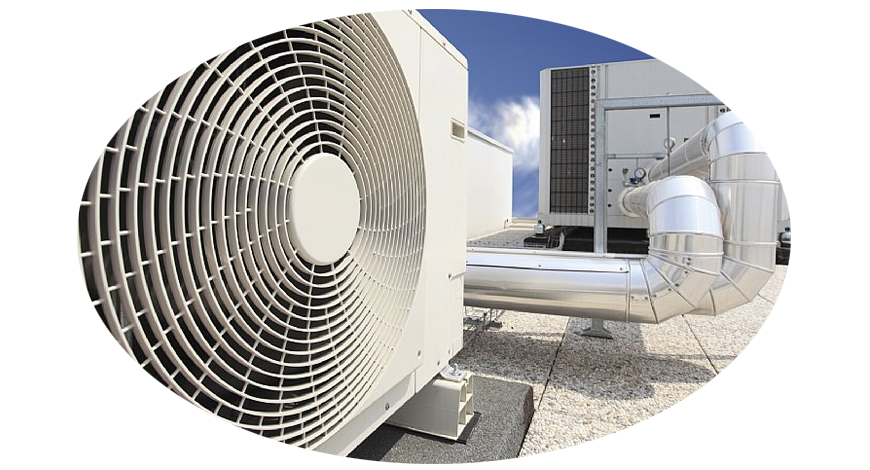Central Cooling and Heating Systems: Enhancing Comfort and Efficiency
Central cooling and heating systems play a pivotal role in maintaining comfortable indoor environments in residential, commercial, and industrial settings. These systems, also known as HVAC (Heating, Ventilation, and Air Conditioning) systems, are designed to regulate temperature, humidity, and air quality within a building, ensuring a conducive atmosphere for occupants. This article explores the components, functionality, benefits, and advancements of central cooling and heating systems.
Components of Central Cooling and Heating Systems:
Central HVAC systems consist of several key components working together to achieve optimal climate control:
Heating Unit: The heating unit, typically a furnace or heat pump, generates heat by burning fuel or utilizing electricity.
Cooling Unit: The cooling unit, commonly an air conditioner or heat pump, removes heat from indoor air, cooling it down.
Ventilation System: The ventilation system circulates air throughout the building, ensuring proper airflow and ventilation. It also helps in removing indoor air pollutants and replenishing oxygen levels.
Thermostat: The thermostat serves as the control center for the HVAC system, allowing users to set desired temperatures and control operation modes.
Ductwork: Ductwork distributes heated or cooled air to various rooms within the building and returns it to the HVAC unit for reconditioning.
Functionality of Central Cooling and Heating Systems:
Central HVAC systems work by cycling air through the heating or cooling unit, adjusting its temperature, and distributing it throughout the building via ductwork. During the heating mode, the system heats air and distributes it through vents, while in the cooling mode, it removes heat from indoor air and circulates cooled air. The thermostat monitors indoor temperatures and activates the system as needed to maintain set temperature levels.
Benefits of Central Cooling and Heating Systems:
Comfort: Central HVAC systems provide consistent and uniform heating and cooling throughout the building, ensuring comfort for occupants in all seasons.
Energy Efficiency: Modern central HVAC systems are designed to be energy-efficient, reducing energy consumption and utility costs while minimizing environmental impact.
Improved Air Quality: These systems filter and clean indoor air, removing pollutants, dust, and allergens, thereby enhancing indoor air quality and promoting healthier living environments.
Convenience: Centralized control and programmable thermostats offer convenience and flexibility, allowing users to customize temperature settings according to their preferences and schedules.
Space Saving: Central HVAC systems eliminate the need for individual heating or cooling units in each room, saving valuable indoor space.
Advancements in Central Cooling and Heating Systems:
Recent advancements in HVAC technology have led to the development of more efficient and innovative central cooling and heating systems. These include:


